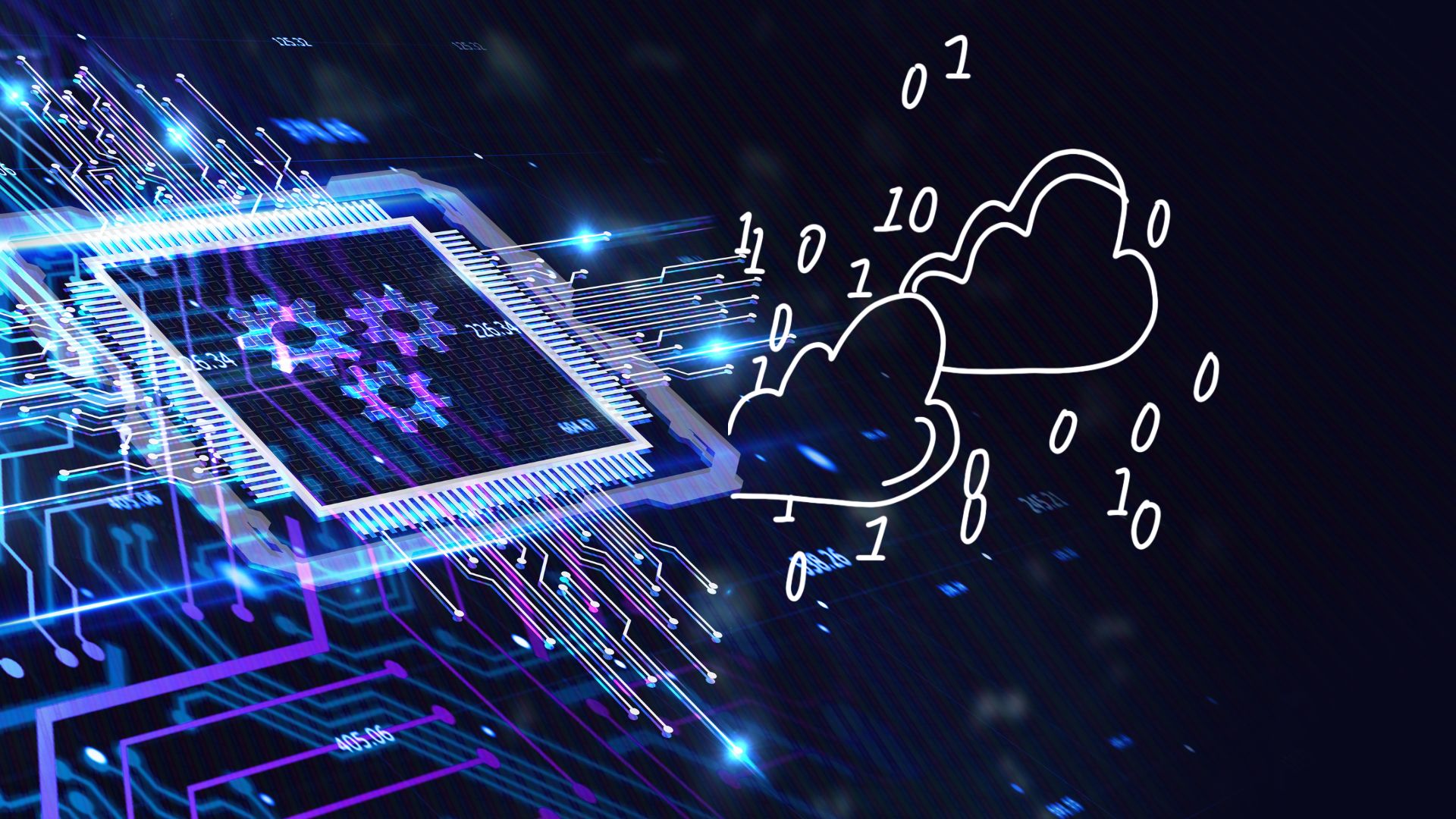
International and Czech organizations continue to move their IT systems and data to the cloud environment. However, moving to the cloud is not just about migrating data. It is also about changing the access of system administrators, and this often brings new challenges and configuration procedures. During the migration process, it is easy for something not to be taken care of, set up, or configured properly in accordance with best practices. This leads to “misconfigurations”. As a result, companies are unnecessarily exposed to more attacks than before and cannot adequately defend themselves against them.
Both cloud and on-premise solutions offer clear benefits and address specific challenges and needs of organizations. However, taking the existing fully local IT infrastructure and moving it to the cloud without making necessary changes (the so called “Lift & Shift” approach) is a common mistake. Both on-premise and cloud environments have their pros and cons, which is why customers often use hybrid environments. The reason for this solution is usually a legal requirement (due to data sensitivity and where this data might be physically stored), the architecture, and the complexity of legacy applications that can be made compatible with the cloud only with disproportionate investment and efforts or not at all.
Migrating to the cloud can help organizations reduce IT costs (if cloud resources are used appropriately) and have more computing power. More importantly, they can have more scalable performance available at any time, increase storage flexibility, and simplify and accelerate the deployment of systems and applications, while accessing data and systems from anywhere, anytime, 365 days a year.
However, as far as cyber security is concerned, deploying the cloud can increase the likelihood of an organization being attacked by malicious actors. If the “let’s go to the cloud” decision is made, it should be taken with due responsibility. First and foremost, it is important to understand that the cloud as such is a shared responsibility between the cloud service provider and the customer, so the cloud is never a panacea. We can talk about choosing the right model (IaaS/PaaS/SaaS), but if we want to relieve the inhouse IT/SEC team, the right way should be the PaaS and SaaS model, where most of the responsibility falls on the cloud service provider. In addition, the act of moving to the cloud should also be seen as an opportunity to move to a modern and secure corporate infrastructure solution. At the same time, we must not forget to involve the security department, which should be a fundamental and integral part of any project like this.
Unfortunately, most cloud migrations often mean just forcing and moving the existing system in its current form. This means that companies should ideally start utilizing native cloud resources, which often requires the replacement of existing monolithic applications. Otherwise, they gain nothing by simply moving their systems and data to the cloud, and it will most likely cost them more than their original on-premise solution.

Today’s on-premise solutions are relatively well-equipped with security monitoring and auditing tools in terms of established and proven standards, but this is not necessarily true for migration to the cloud. Cloud misconfigurations are vulnerabilities waiting to be noticed by attackers. These are gateways through which it is possible to infiltrate the cloud infrastructure and, thanks to the interconnection and hybrid mode, also laterally affect the existing on-premise infrastructure. This allows attackers to exfiltrate data, including access data, telemetry data of machines in the OT environment, health records, and personal data, and then do something like deploy some ransomware.
According to experts, an average enterprise has hundreds of misconfigurations every year, but their IT departments are unaware of the vast majority of them. All misconfigurations are the result of human error and missing cloud configuration health check tools (e.g. Cloud Security Posture Management – CSPM).
When migrating systems, what often happens is that selected services that had only been available internally within the on-premise solution are exposed to the public online space after the migration without any filtering and blocking of external network traffic. Many companies suffer from this, including critical infrastructure operators. It may therefore happen that a console for controlling industrial control systems becomes publicly available online. We recently detected an ICS console of a production and assembly line control system available online without any authentication required. What we often see are services containing exploitable vulnerabilities without any additional security. The security may have been deployed in the on-premise solution but has not been implemented in the cloud (e.g. a missing Web Application Firewall). Quite common are services with default credentials and services used for the remote management of customers’ internal systems or even freely accessible sensitive data.
This is why there are dozens to hundreds of incidents per month, as seen in the statistics of our monitoring centre. Security misconfigurations become easy targets for attackers who know that they are present in almost every enterprise. This neglect can have disastrous consequences. It helps attackers to reconnoitre and infiltrate customer environments, create persistent links for remote access, take control of systems, and exfiltrate data and login credentials, which are then disclosed or sold to be used for further attacks. Alternatively, it opens the door to lateral ransomware or cryptojacking attacks, in which cloud computing resources are exploited to support cryptojacking activities.
Configuration management, and especially monitoring, requires a multifaceted approach.
Organizations should implement well-established security practices, such as regular Cloud Security Posture Management assessments, to help detect a range of security defects and misconfigurations. It is important to follow the Least-Privilege principle and to continuously monitor and audit cloud systems.
Maintaining sufficient visibility of cloud assets should be a priority, just as it is in on-premise solutions. Strong identity and access management helps scale permissions to ensure the right level of access to cloud services.
The identification and prevention of various misconfigurations during cloud migration help enterprises eliminate major security issues. Specialized companies can help by guiding the organization through the entire process and setting everything up correctly.
We are in the process of finalizing. If you want to be redirected to our old version of web site, please click here.